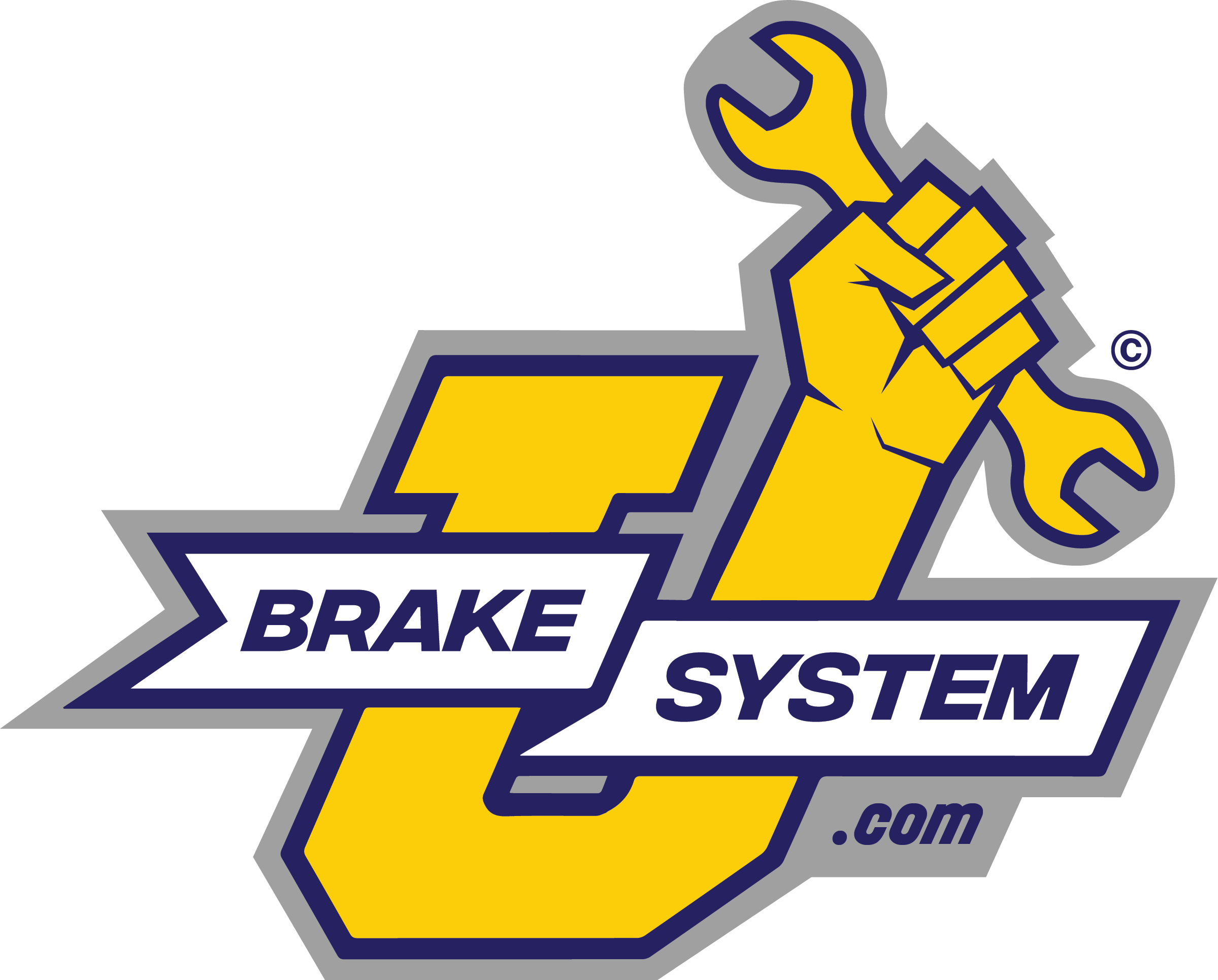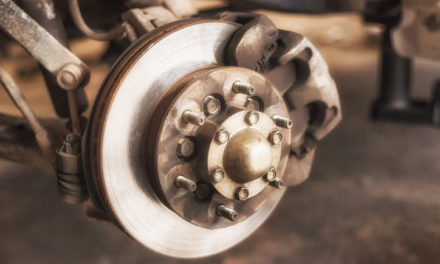Whether you are shopping for a new set of replacement brake pads for your daily driver or weekend racer, the long list of available parts that fit your car can be mind-blowing. Before you buy the most popular brand because it’s probably a safe bet, it might be time to understand a little bit about what the different kinds of brake pads offer regarding performance and cost.
There are three types of pads: organic, semi-metallic, and ceramic. They vary in price and ability to stop your car under different circumstances. Let’s check them out to find the best brake pads for you.
Organic Brake Pads
Most likely your family sedan, mid-priced SUV, and the eco-friendly commuter car arrived with organic brake pads. They are not made out of green growing things but are typically constructed out of a combination of fibers, glass, rubber, carbon and a binding resin. They provide good stopping power and heat dissipation under standard driving conditions. They will wear out anywhere between 30,000 and 60,000 miles. Organic brake pads are the least expensive option and if you don’t anticipate subjecting your ride to extreme conditions, an excellent choice.
If you drive a compact car known for its low buying price, you will want to upgrade your brake pads to a non-OEM part when the first set of pads wear out.
Semi-Metallic Brake Pads
For those with a working truck in the garage or seeking to raise your street legal machine’s ability to take hard corners, a semi-metallic brake pad is a great option. These pads are constructed using a mix of copper, iron, steel with graphite appearing in the mix as a lubricant. You might notice that more dust and noise is generated by the semi-metallic pads, but they provide greater stopping ability under load. Their construction allows for them to withstand repeated cycles of extreme heat caused by hard braking with little fade. This makes them a great option for trucks that haul heavy loads or your sports performance vehicle.
Your automotive parts supplier will stock a wide range of semi-metallic performance brake pads for most size vehicles and trucks.
Ceramic Brake Pads
There are some brake manufacturers, like Brembo, that build ceramic brake pads and charge a premium price for them. These brakes lower the amount of vibration felt during braking, decrease the amount of dust created, and reduce noise. They are long lasting, earning back some of the high prices that you will pay for a set. They are not especially good at dissipating heat. In high-performance vehicles completing repeated hard stops, the heat can be transferred through the entire braking system resulting in warped rotors and boil-off of brake fluid. As such, they are not a great choice for your expensive race-ready vehicle.
If you anticipate driving your commuter vehicle for the next 200,000 miles and only want to replace your brake pads once, ceramic can be a reasonable option.
Which Brake Pad is Right for Me?
If you need to replace your OEM brakes on your daily driver, going with an organic brake pad is a cost-effective option that will provide adequate stopping power. Semi-metallic brake pads provide the best performance over time and can be found for heavy-duty hauling trucks or your street rod. They are the best choice when considering price and extended lifetime. Ceramic brake pads are best for the driver who spends months on the road cruising without testing the limits of their ride.










